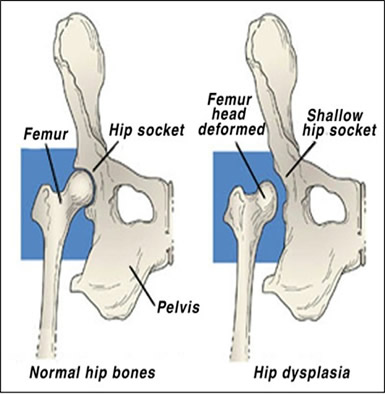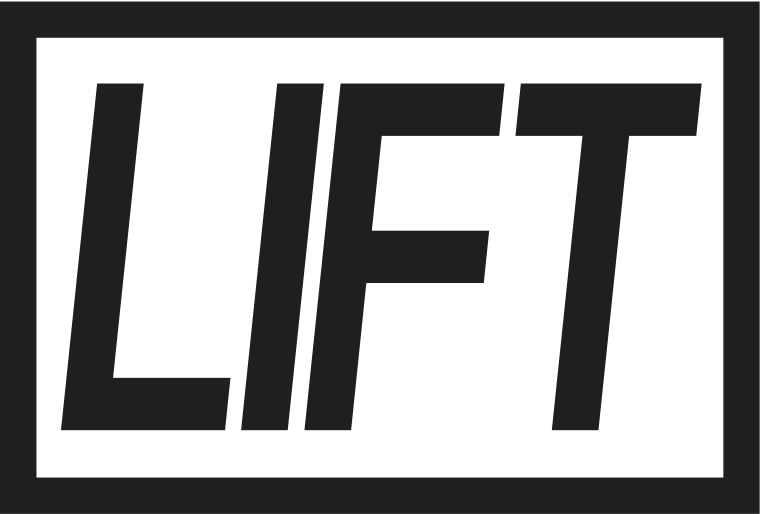If you don’t like the way a certain food tastes then you’re more than likely not going to eat it again. If you don’t like someone then you probably won’t be spending too much time with them. Hopefully, anyway. You won’t like everyone and everything you interact with. The same goes with different forms of fitness and exercises. Not every exercise will work for you, and that’s ok. Whether it’s a common exercise such as a back squat or something cool you saw online.
Everyone has different muscle firing patterns, anatomy, genetics, hormone fluctuations, blood pressure, fitness levels, and the list can keep going. If you take all that into consideration then It should be easy to see how one exercise can work for one person and can easily cause pain for another. A very tall person may find it hard to back squat because of their longer femurs while a shorter person with good hip anatomy will rave about how squats are the key to world peace and strong legs.
WHAT DO YOU DO WHEN AN EXERCISE DOESN’T WORK FOR YOU?
There are so many exercise variations, progressions and regressions. It’s not the end of the world if you can’t perform an exercise. And just because your body can’t handle the exercise right now doesn’t mean you will never be able to do it. Or maybe the exercise does work for you, but just not right now. What does that even mean!? It can mean a lot of things. Maybe the movement is too complex for you right now so you need to regress the exercise and work up to it. For example, performing a kettlebell deadlift or trap bar deadlift instead of a conventional deadlift. Maybe bodyweight squats and lunges are too stressful on the joints right now because of previous injuries. Try regressing them with a TRX or rings to take some weight off the joints. More on that below.
So the answer to the original question is to stop doing anything that causes you pain! Skull crushers always hurt my elbows so I never do them. Does that mean I don’t have triceps? No. I can still do every other pressing and tricep variation known to man that will help build my triceps. There is no point of doing something that will hurt you when there are so many options out there. I’m not too sure if this is a relationship or fitness blog anymore…

COMMON PROBLEMS
1. JOINT PAIN
Do push ups hurt your wrist? Try them on dumbbells, a barbell, or push up handles and focus on keeping your wrist in a neutral position. Do your knees feel achy when you do squats or lunges? Try it on a TRX and work your way up to bodyweight squats and lunges. An achy joint doesn’t mean you can’t exercise. It just means you have to be a bit more selective and cautious with your exercise repertoire. You have to be your own guinea pig and experiment with what works for you at your current level. We want to get stronger while avoiding injury.
Or let’s say your squat form is perfect but it causes you lower back pain every time you do it. Most people in this situation will continue to squat and tolerate and justify the back pain, until their back gives out. In this situation, it would be best to scrap squats for a bit or reduce the load and volume to see if that alleviates the pain. No squatting would be detrimental, of course, because of the all the gains you would be missing out on. But luckily, single leg exercises exist that don’t load the back. You can still gain significant muscle and strength using single leg exercises. Think lunges, rear foot elevated split squats , split squats, RDLs etc etc.
2. ANATOMY
We all have different anatomies and bone structures which will dictate how we move and also what we are capable of. Look at the pictures below to see some possible differences in hip anatomy. I hope you will appreciate how some people will be more capable and likely to excel with certain movements while struggle with others. Someone with FAI (Femoral Acetabular Impingement) won’t be able to squat low or very well because of the immediate bone to bone contact. This is due to a bony overgrowth on the femoral head, acetabulum, or both. Some people will have to squat with a wider stance in order to get lower while others can get low with their feet beside each other. And remember that this is just looking at hip anatomy! We’re not even taking into consideration the rest of the person’s bone structure. You can have two people and give them the exact same program, and they can have very different outcomes.


3. TECHNIQUE PROBLEM
Clean up the form! Ask for some help from a friend, get a trainer, record yourself, or do some online research. Learn the movement with your bodyweight or use some external assistance (i.e. TRX, bands, or squat rack) for balance. Crawl before you can walk. And take your time with the movements, especially if you’re just learning a new movement.
Do squats hurt your knees? Look at how you initiate the motion. If you find that you’re squatting on your toes and your knees are excessively going forward then this may be causing your knee pain. Side note, you won’t die if you’re knees go beyond your toes, contrary to internet belief. Do lunges hurt your knees? Try reverse lunges instead and make sure your lunge steps aren’t too small or that your knees aren’t caving in. It’s about finding what works for you and sometimes you have to experiment. If we find that balance may be an issue then we give clients a TRX or rings for lower body exercises such as squats, lunges, and split squats. If they can perform the exercise with good form using one of those devices then it’s definitely a balance issue and not so much a form or movement problem.
Conclusion
That old cliché “there is more than one way to skin a cat” applies perfectly to anything fitness related. There are many ways to get “fit”. The word “fit” itself is a broad term and will have different meanings for different people. You can get fit lifting weights, running, playing tennis and so much more. If you are strength training regularly, it’s important that you find the exercises that work for your body and your current fitness level. A healthy lifestyle should be thought of as a long-term journey and not some short term project on how much you can lift next week. You want to challenge yourself but you also want to keep yourself injury free!
And here’s a video of different lunge variations that may work for you. I’m sure you can find one or two variations that will work for you now, and maybe later on in the future.
P.S. You should do definitely pick up weight training because of the 1000000000 benefits!

